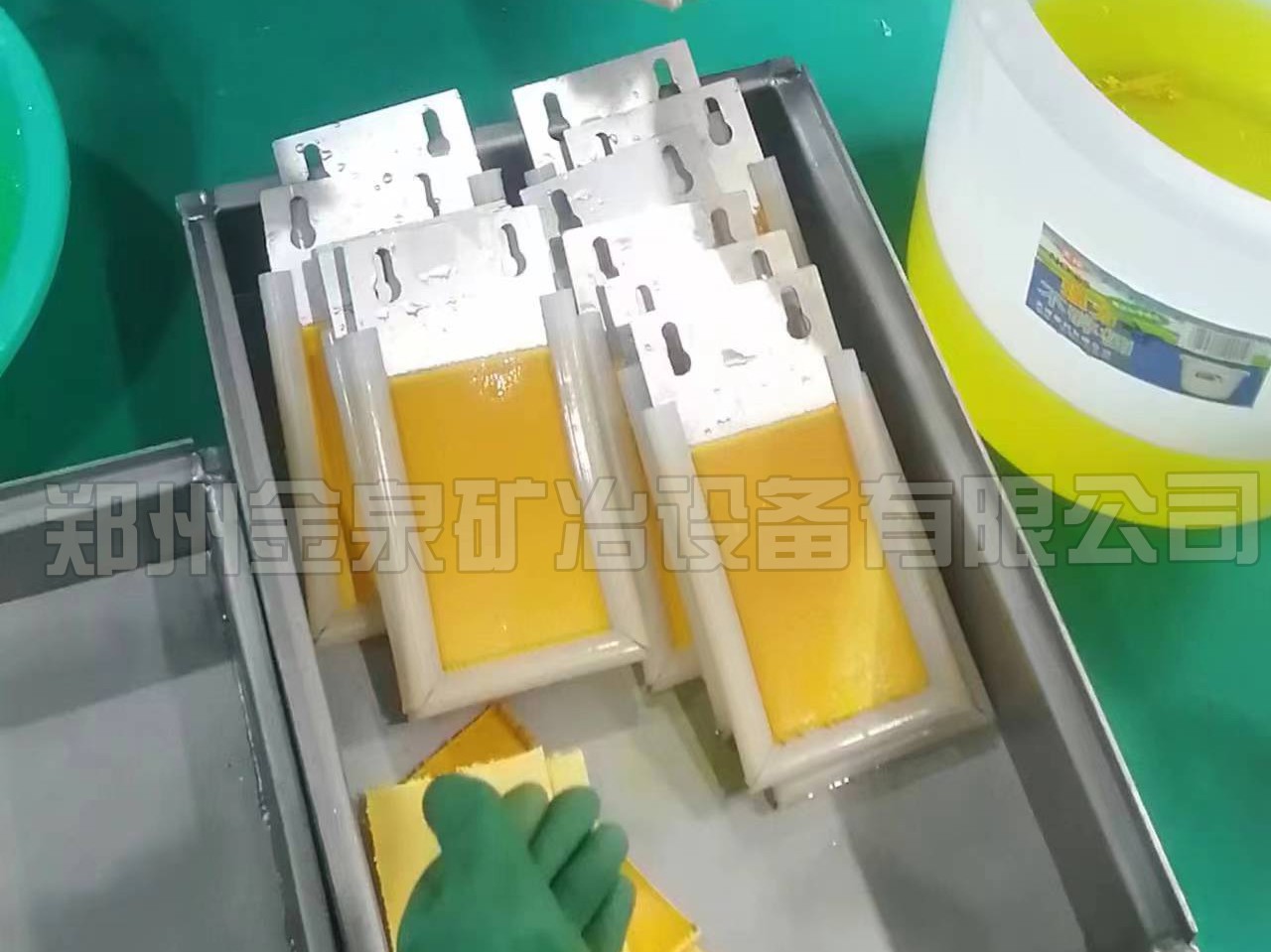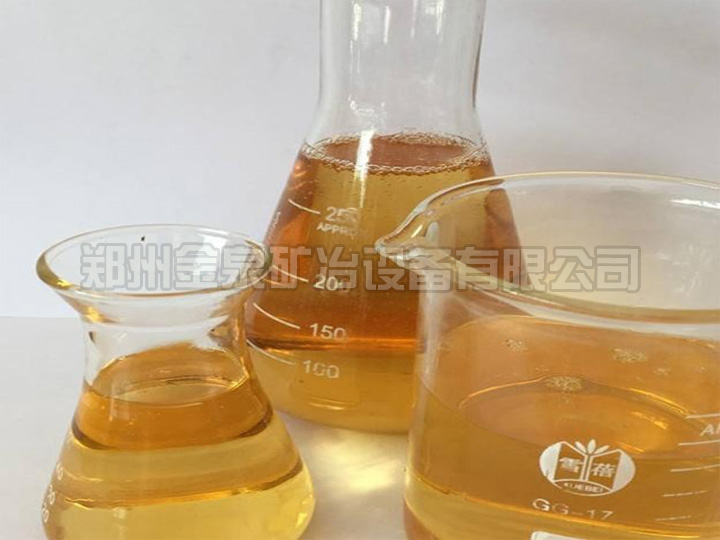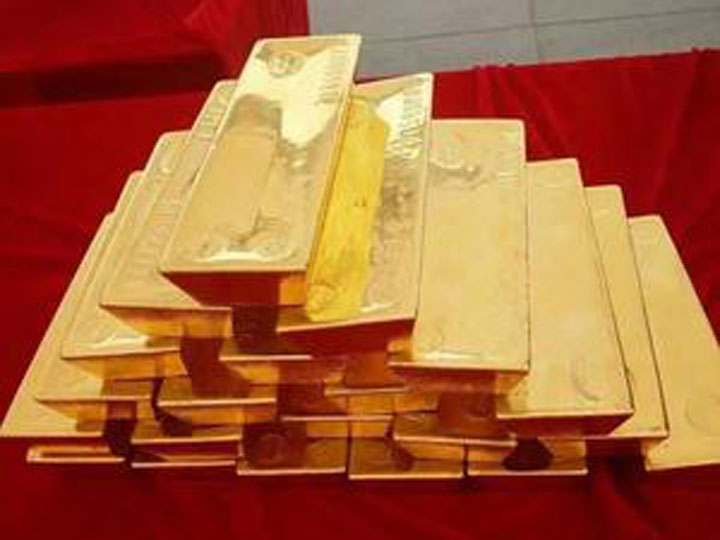 +8613303827570
+8613303827570
Features of Multi (wash) thickener:Multi wash thickener is mainly used in the washing proces in gold cvanidation plant, With multi-stage countercument washing, it can work continuously. Its features: reliable running, convenient management, low dynamic power, and reducing foor space required greatly.
Notes for model selection:
Usually, concrete tank is adopted. If the tank lined with steel plate is required, we can provide drawings according to thecustomer's demands, and the customer shall make the tank by himself at the field.
Technical parameter list of multitray(wash) thickener:
Standard Model | Pond for concentration | Sediment area(m2) | Speed of frame(r/min) | Productive capacity(t/d) | Transmission Motor | Dimension(LxWxH)(mm) | Weight(kg) | |||
Dia (m) | Depth (m) | Model | Power(kW) | Speed(r/min) | ||||||
7 metres 3 tiers | 7 | 9 | 115.5 | 0.2481 | 15~50 | Y112M-6 | 2.2 | 940 | 8500x8500x10218 | 14200 |
7 metres 4 tiers | 7 | 9.5 | 154 | 0.2481 | 15~50 | 112M-6 | 2.2 | 940 | 8500x8500x12679 | 16089 |
9 metres 3 tiers | 9 | 6.8 | 191 | 0.28 | ≤88 | Y132M2-6 | 5.5 | 960 | 11090x10000x11740 | 21900 |
12 metres 3 tiers | 12 | 7.23 | 339 | 0.2 | ≤160 | Y132M2-6 | 5.5 | 960 | 15500x12000x10600 | 40400 |
-
 common methods for separating gold and silvercommon methods for separating gold and silver
common methods for separating gold and silvercommon methods for separating gold and silverCommon Methods for Separating Gold and Silver:
Chemical dissolution method: Gold can be dissolved in hydrochloric acid, while silver reacts with Cl⁻ ions to form a silver chloride precipitate during the dissolution process. After filtering, gold and silver are separated.
Aqua-regia solution method: Suitable for alloys with low silver content (silver typically below 10%), this method allows both gold and silver to dissolve. However, after dissolving, silver reacts with Cl⁻ ions to form a silverCommon Methods for Separating Gold and Silver chloride precipitate, enabling it to be separated from gold.
-
 chemical separation of gold and silverchemical separation of gold and silver
chemical separation of gold and silverchemical separation of gold and silverChemical separation of gold and silver:
Using a single acid, it cannot dissolve gold but can dissolve silver, achieving the separation of gold and silver. Hydrochloric acid or sulfuric acid is commonly used. This method is typically used for gold-silver alloys with a gold content below 30%, while silver, copper, iron, and zinc can be dissolved in hydrochloric acid or sulfuric acid, whereas gold cannot. After filtering and washing, it can obtain gold with over 98% purity. For lead-containing alloys, hydrochloric acid is used for dissolution
-
 extraction of gold from alloy goldextraction of gold from alloy gold
extraction of gold from alloy goldextraction of gold from alloy goldAlloy gold: Alloy gold produced by roasting mercury paste on a mercury plate, alloy gold produced by melting gold paste in a converter, alloy gold produced by melting gold paste after removing impurities with nitric acid, alloy gold obtained by pyrometallurgical or hydrometallurgical treatment of copper lead anode paste, and other alloy gold produced in other gold and silver mines and rare and precious plants for non-ferrous metallurgy.
The gold content is 40%~99.9%, and the silver content is 40%~99.9%.







